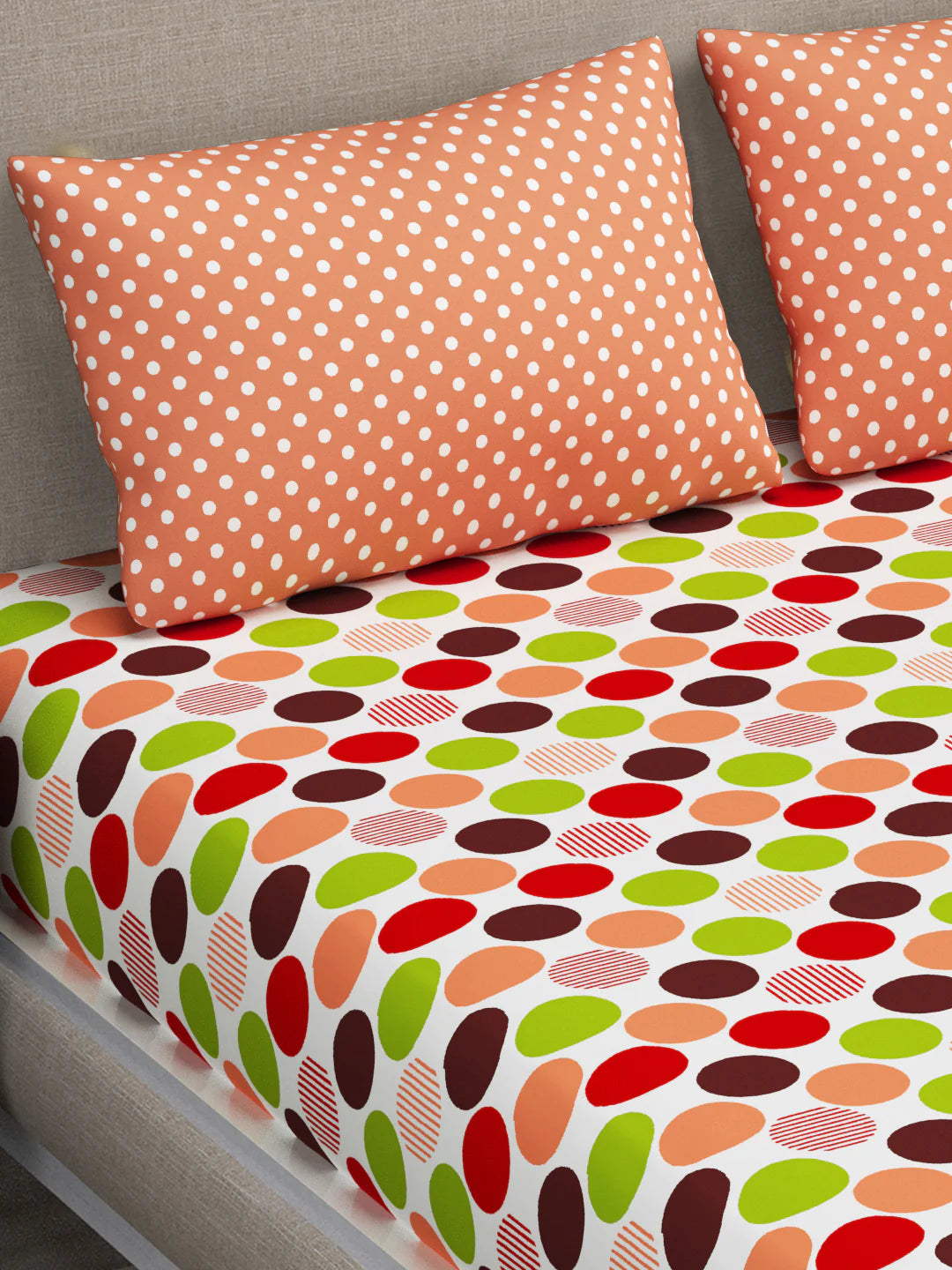Unveiling the Art of Bedsheet Production: Fabric Weaving, Cotton Cultivation, Textile Dyeing, and Finishing Processes

Introduction:
Have you ever wondered about the intricate processes involved in creating high-quality bedsheets? From the weaving of fabric to the cultivation of cotton, the dyeing process, and the finishing techniques, each step contributes to the final product's appearance, durability, and comfort.
In this blog post, we will dive into the fascinating world of bedsheets' production, exploring fabric weaving, cotton cultivation, textile dyeing, and the various finishing processes. Understanding these aspects will not only enhance your appreciation for the craftsmanship behind bedsheets but also empower you to make informed choices when purchasing them.
I. Fabric Weaving: The Foundation of Bedsheet Creation

- Unraveling the Art of Fabric Weaving: Fabric weaving is a fundamental process in bedsheets' production. It involves the interlacing of yarns to create different textile structures, such as plain weave, satin weave, or twill weave. Each weaving pattern influences the fabric's appearance, texture, and durability.
- Exploring Weaving Techniques: Various weaving techniques are used to produce bedsheets. For instance, plain weave is the simplest and most common type, providing a balanced and durable fabric. Satin weave creates a smooth and lustrous surface, while twill weave produces diagonal lines and a sturdy fabric. Understanding these techniques allows you to choose bedsheets that align with your preferences.
II. Cotton Cultivation: A Journey from Farm to Fabric
- The Importance of Cotton: Cotton is a beloved material for bedsheets due to its breathability, softness, and durability. Exploring the cotton cultivation process helps us understand the factors that contribute to its quality, such as organic farming practices, sustainable cultivation methods, and the use of non-GMO seeds.
- Embracing Sustainable Cotton: Consumers are increasingly concerned about the environmental impact of cotton cultivation. Sustainable practices like water conservation, reduced pesticide use, and fair labor practices are gaining popularity. Choosing bedsheets made from sustainably sourced cotton allows you to support ethical and eco-friendly initiatives.
III. Textile Dyeing: Infusing Color and Character into Bedsheets
- The Art of Textile Dyeing: Textile dyeing is a crucial step in bedsheets' production, as it adds color and personality to the fabric. Consumers are now seeking eco-friendly and low-impact dyeing techniques that minimize water usage and reduce the release of harmful chemicals into the environment.
- Exploring Natural Dyes: Natural dyes, derived from plant-based sources, are becoming increasingly popular due to their sustainability and unique color variations. Bedding made with natural dyes not only adds a touch of authenticity but also reduces the ecological footprint.
IV. Finishing Processes: Enhancing Appearance and Functionality

- Finishing Touches: Bedsheets undergo various finishing processes to enhance their appearance, texture, and functionality. These processes may include bleaching, softening, anti-wrinkle treatments, and more. Recent trends focus on eco-friendly and non-toxic alternatives that maintain the fabric's integrity while minimizing environmental impact.
- Embracing Eco-Friendly Finishes: Eco-conscious consumers are driving the demand for bedsheets that undergo eco-friendly finishing processes. These include using natural enzymes for softening, plant-based wrinkle-resistant treatments, and non-toxic bleaching agents. Opting for bedsheets with eco-friendly finishes ensures both comfort and environmental responsibility.
Conclusion:
Understanding the intricacies of bedsheets' production, from fabric weaving to cotton cultivation, textile dyeing, and finishing processes, provides valuable insights into the craftsmanship and sustainability behind these essential household items. As a conscious consumer, you can now make informed choices by considering factors such as the weaving technique, cotton cultivation practices, dyeing methods, and finishing processes. By selecting bedsheets that align with your preferences and values, you contribute to a more sustainable and environmentally friendly future.
Remember, when you choose bedsheets, you're not only investing in comfort but also supporting the artisans, farmers, and manufacturers who contribute to the intricate process of creating these beautiful and essential pieces for your bedroom.
-
Posted in
Bedsheet, cotton bedsheet
